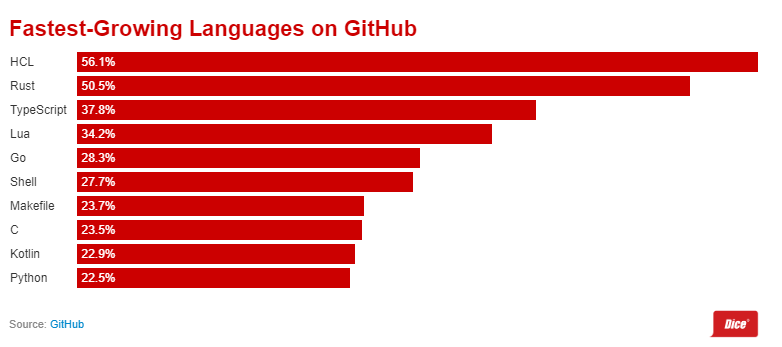A new list of hot languages is out — well one list of many.
Once again, Python is the hottest language, but what I find interesting is the inclusion of assembler although it does not specify which version (NASM, FASM, etc.).
- Python
- JavaScript
- Java
- C++
- Swift
- Go (Golang)
- Kotlin
- Rust
- TypeScript
- PHP
- Ruby
- Shell Scripting (Bash)
- SQL
- Scala
- C#
- MATLAB
- Dart
- Julia
- Assembler
This article also includes a quick explanation why all programmers should learn how to manage data.
How important is SQL for a programmer or developer?
SQL (Structured Query Language) is crucial for anyone working with databases. Whether you’re a developer, data analyst, or database administrator, understanding SQL is essential for managing, querying, and manipulating data in relational databases.
https://www.linkedin.com/pulse/top-10-best-programming-languages-learn-2024-superiorcodelabs-yx3ec/
This list and quote are neither an endorsement nor an advert.
In other words, these are languages recommended to learn in order to get a good paying job.


